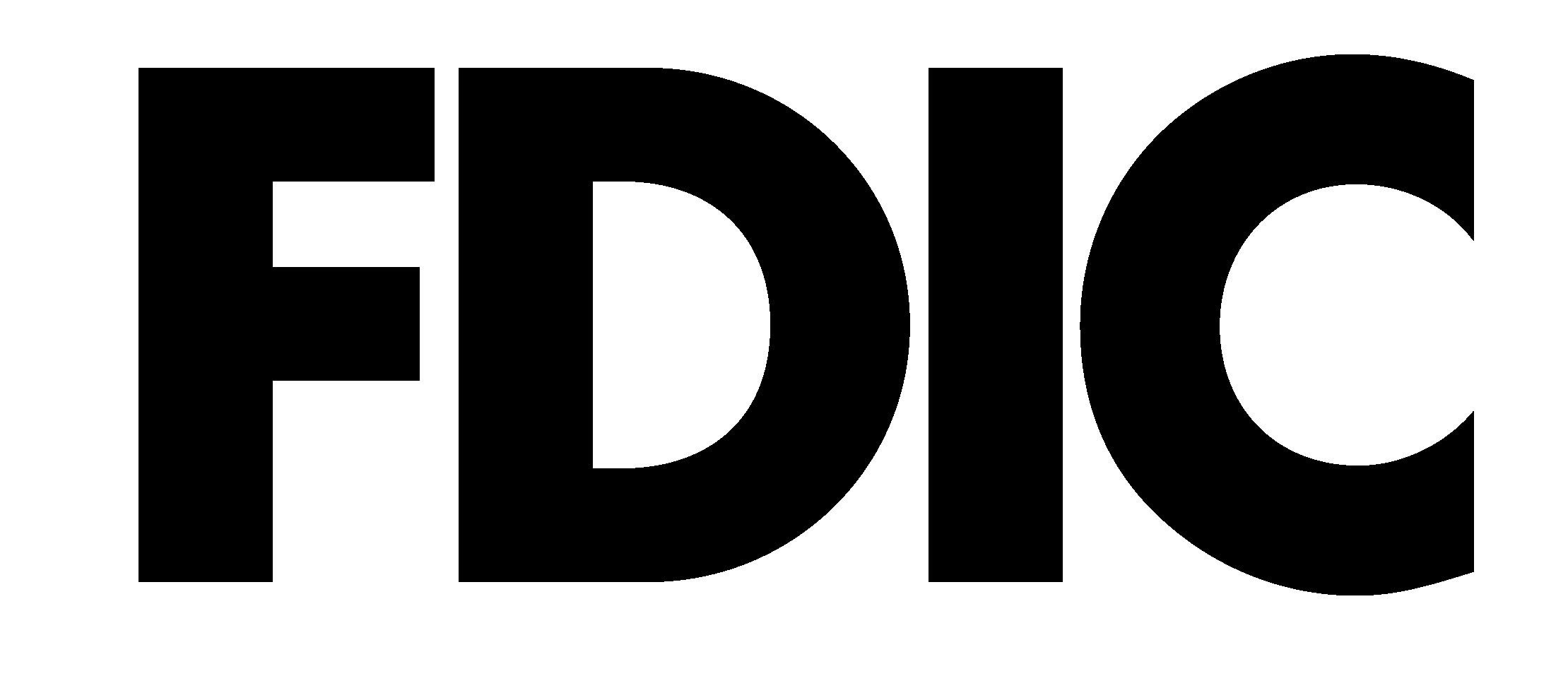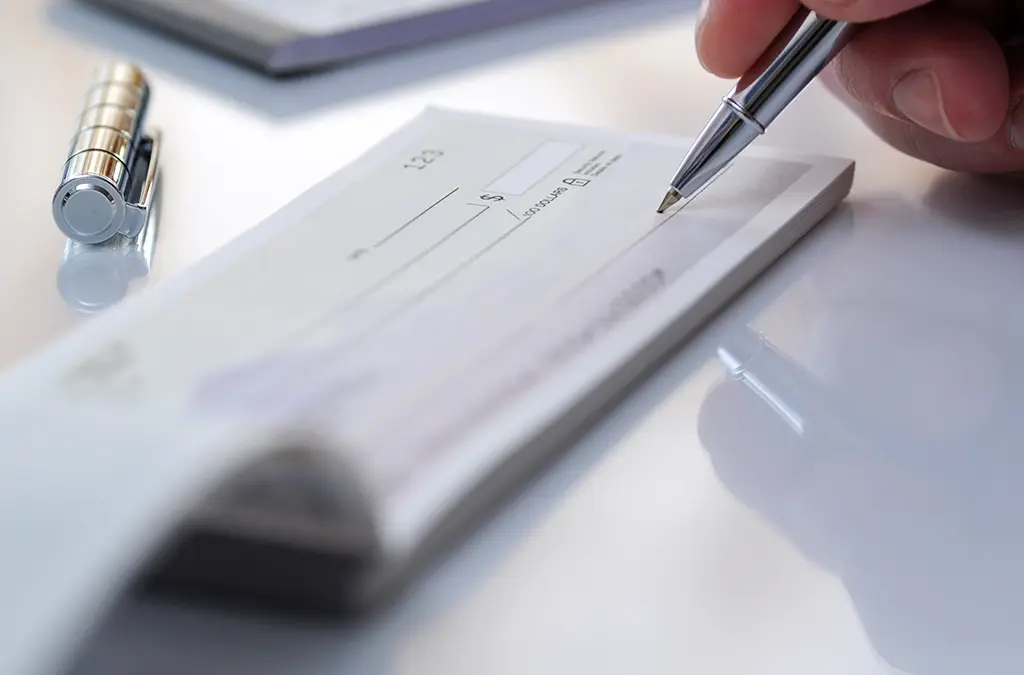Even in today’s fast-paced digital economy, where payments are made with a tap or a swipe, check fraud is still very much alive and growing. It may seem outdated, but scammers are increasingly reviving this old-school tactic, taking advantage of the fact that paper checks lack the robust security features built into modern payment systems.
“This just goes to show you how prevalent check fraud has become in a world of technology where we’re sending money instantly,” said Eric Goff, Vice President and Fraud Officer at First United Bank & Trust. “Those technologies have a lot more safeguards than checks do, and that’s why fraudsters are kind of turning back to this archaic way of committing fraud.”
Why Check Fraud Is Making a Comeback
First United saw a huge spike in check fraud in 2021 and 2022, and the trend hasn’t disappeared. As digital systems become more secure, fraudsters are reverting to older, less protected methods. Checks, especially paper ones, are easier to manipulate and harder to verify quickly.
What Banks Look For in Fraudulent Checks
According to Goff, banks are trained to spot red flags like:
- Inconsistencies in font and ink
- Unusual ink colors or uneven darkness, especially in black ink
- Missing security features, such as watermarks or imprints
- Poor print or image quality
These subtle signs can indicate a check has been tampered with or is entirely fake.
The Fake Check Scam: How It Works
The Federal Trade Commission (FTC) warns about a common scam involving fake checks. Here’s the typical setup:
- A stranger contacts you, maybe about a job, a prize, or buying something you’re selling.
- They send you a check for more than the agreed amount.
- They ask you to send back the difference, often via gift cards, wire transfer, or cryptocurrency.
- The check looks real and clears at first, but weeks later, the bank discovers it’s fake.
- You’re left owing the bank money you already sent to the scammer.
These scams work because fake checks can look incredibly convincing, even to bank employees. Some are printed with real bank names and addresses, and others are drawn from accounts tied to stolen identities.
How to Protect Yourself
Here are some key tips from the FTC to avoid falling victim:
- Don’t use money from a check to send gift cards, crypto, or wire transfers. Once it’s sent, it’s gone.
- Ignore offers that ask you to pay for a prize. If it’s truly free, you shouldn’t have to pay.
- Never accept a check for more than the selling price. It’s almost always a scam.
And most importantly: Don’t rely on money from a check unless you know and trust the person you’re dealing with.
Final Thoughts
Check fraud may seem outdated, but it’s thriving in the shadows of our digital age. As banks continue to fight back with better detection tools, consumers must stay vigilant. Whether you’re selling online, accepting payment for services, or receiving unexpected funds, if something feels off, it probably is.
Stay smart. Stay skeptical. And when in doubt, ask your bank before you cash that check.


